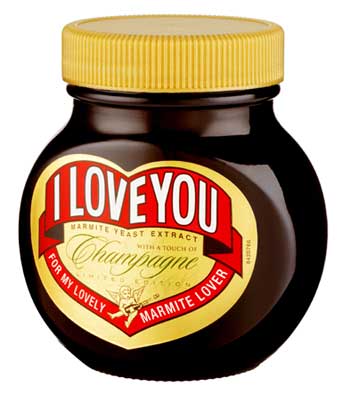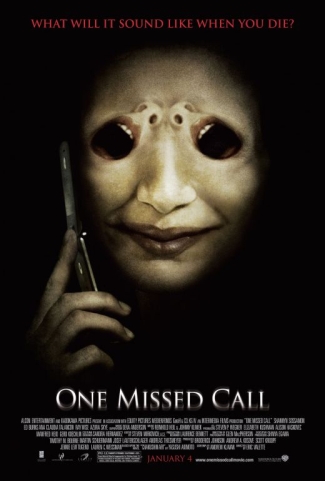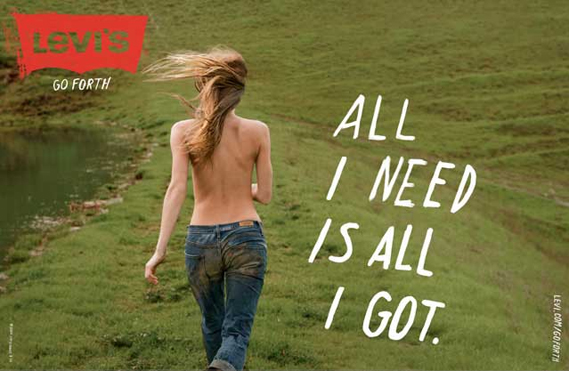
Netflix rental frequency of "Paul Blart: Mall Cop" in the New York metropolitan area. Redder areas indicate greater popularity; note the near total absence of "Paul Blart: Mall Cop" from the richest little island in America.
The New York Times issued a compelling argument that web pages are better than newspapers yesterday, when they published this interactive graphic of the most popular Netflix movies in major US cities. Fascinating trends abound, from the predictable—the distribution of Obsessed turns out to be a handy map of where black people live—to the predictable-in-retrospect: the Reneé Zellweger vehicle New In Town, about a big-city girl who moves to Minnesota for some reason, is fantastically popular in Minneapolis and nowhere else. (For those of you who find the slider irritating, as I do, New In Town is just to the right of the second hash mark. Things that are not related by quantitative induction, where each element n cannot be said to have an n+1, should not be arranged on a slider. Leviticus 14:5.) At right, you will see the map for Paul Blart: Mall Cop, a movie that I did not see but which I am going to assume, based on the preview, was not exactly Citizen Kane. Those of you wondering where the line is between upper Manhattan and the South Bronx need look no further than the sharp red-white delineation between highways 9 and 1. Also, if you’re wondering which parts of Brooklyn are nice now, there you go. Hint: not Gravesend.



 The enormous pink jacket industry received a windfall this week, as representatives from the
The enormous pink jacket industry received a windfall this week, as representatives from the 